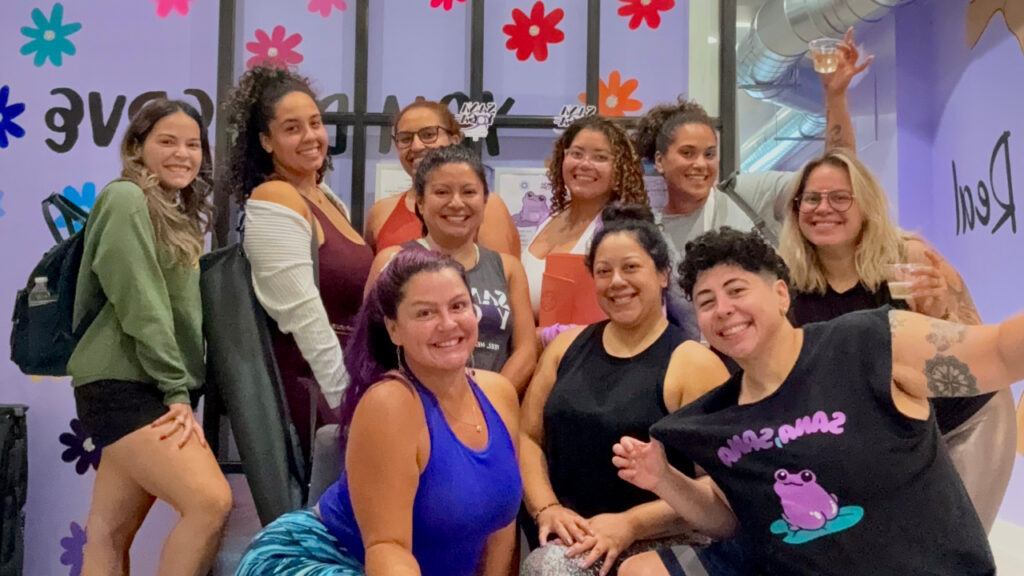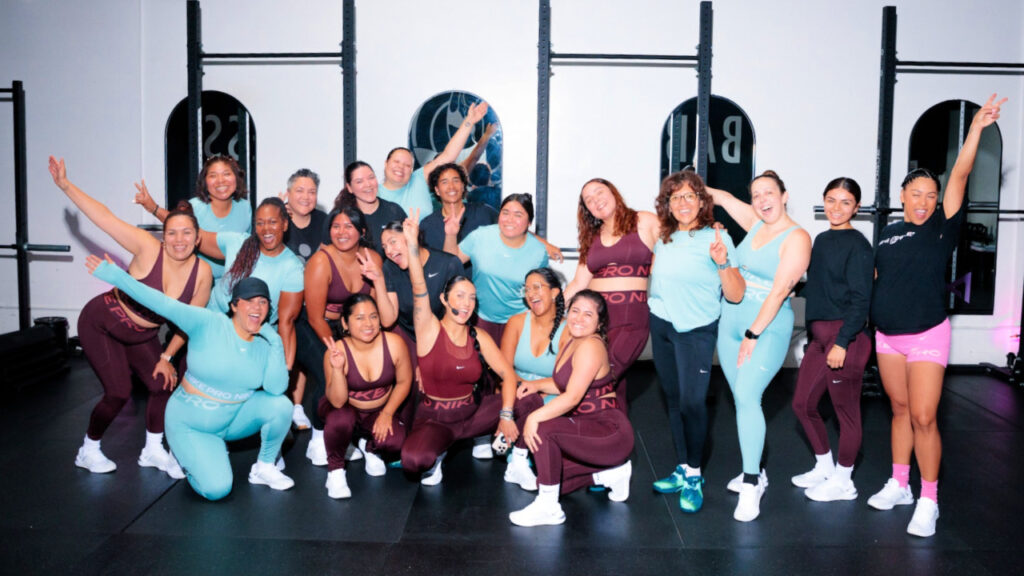92% of Women Don’t Feel Safe Running—And We’re Still Carrying Keys Between Our Fingers
Picture this: you’re tying your shoes, headphones in, sun peeking out. But before you step outside, you’re mentally checking off a list. Ponytail low. Keys between your fingers. Loose T-shirt. One earbud in. Maybe you text your location to a friend. Maybe you double back when you sense someone behind you. For 92% of women, running is not a symbol of freedom, but rather a source of fear.
That stat comes from a 2023 global study commissioned by Adidas. It surveyed 9,000 runners across nine countries, including the United States, Mexico, and the United Kingdom. The results? Alarming, but familiar. Women are scared to run—and for good reason.
The Numbers Behind the Fear: Women’s Safety While Running Is Still a Global Concern
According to Adidas, 92% of women reported feeling concerned about their safety when they go for a run. Half of them (51%) fear being physically attacked. For men, that number is 28%.
Their fear isn’t hypothetical. Adidas reported that 38% of women have experienced physical or verbal harassment while running. Of those women, over half were honked at (53%), followed (50%), or received unwanted sexual attention (55%).
And the aftermath isn’t just emotional. More than half of those women (53%) reported anxiety. Nearly half (46%) reported losing interest in running entirely.
How Ridiculous Does a Run Have to Be for Women to Feel Safe?
This is what inspired Adidas to launch “The Ridiculous Run” campaign. The video, which features women running with an absurd amount of caution—escorts on bikes, loose clothes, one earbud—asks a haunting question: how ridiculous does a run have to be before it feels safe?
As reported by Runner’s World, Adidas also partnered with the nonprofit White Ribbon to develop an allyship playbook, designed to educate men and boys on women’s safety and how to be part of the solution. So far, more than 250 Adidas Runners community coaches have received training.
Safety Isn’t the Only Hurdle—But It’s One of the Most Damaging
Safety is far from the only reason women stop running, but it’s one of the most demoralizing. The ASICS “Closing the Gender Exercise Gap” study, published in February 2024, backs this up. It was the largest of its kind, gathering data from over 24,000 women in more than 40 countries.
According to the ASICS research, 47% of American women cite a lack of safe spaces as a significant barrier to working out. That number rises when looking at BIPOC women. A report by the Running Industry Diversity Coalition (RIDC) found that Black, Indigenous, and other women of color feel significantly less safe while running than their white counterparts.
How Safety Shapes Mental Health, Especially for Gen Z
The ASICS report also reveals another troubling trend: young women are exercising less than any other generation. Gen Z women (ages 18–24) showed the lowest levels of physical activity and mental well-being.
Dr. Dee Dlugonski, the lead researcher and coordinator of the Active Girls Healthy Women Initiative at the University of Kentucky, told Outside Online: “Contrary to what you might think, the baby boomer generation is actually the most active, and younger women the least. It’s concerning to see that younger women reported lower State of Mind scores because of lower physical activities.”
That gap has a domino effect. Less exercise often means worse mental health. Worse mental health means even less motivation to move. And the cycle continues.
Women’s Safety While Running Isn’t Just About Harassment—It’s Also About Who Gets Seen
A lack of representation is also pushing women out of the sport. The ASICS study found that 42% of women reported not feeling “fit or sporty enough” to run. Another 36% said they felt intimidated. And 19% said they didn’t see people who looked like them.
That’s where organizations like Latinas Run, Black Girls Run, and Chinatown Runners are stepping in. These grassroots running groups are showing up in communities across the country to say: you belong here.
From Motherhood to Money: The Hidden Barriers Women Runners Face
Exercise isn’t free or easy. Especially if you’re a mom. Nearly two-thirds of mothers surveyed by ASICS said motherhood was the main reason they stopped working out. Cost was another major hurdle. In the U.S., 61% of women reported that a trainer was too expensive for them. For 55%, even the gym felt out of reach.
These barriers hit harder for women of color. According to Outside Online, systemic inequalities—like the racial wealth gap—make exercise less accessible. Acknowledging these intersections is critical if we want to change the culture.
So, What Now? Safety—and Change—Start With Community
Adidas’s campaign calls on men to educate themselves, sign pledges, and use tools like live location sharing through the Adidas Running app. Over 120,000 people have signed the pledge: “I pledge to never commit, condone, or remain silent about violence against women.”
But real change doesn’t come from an app. It comes from culture. It comes from men showing up, from cities designing safer streets, and from all of us refusing to treat this fear as normal.
Because running should be freedom. Not a fight for survival.




